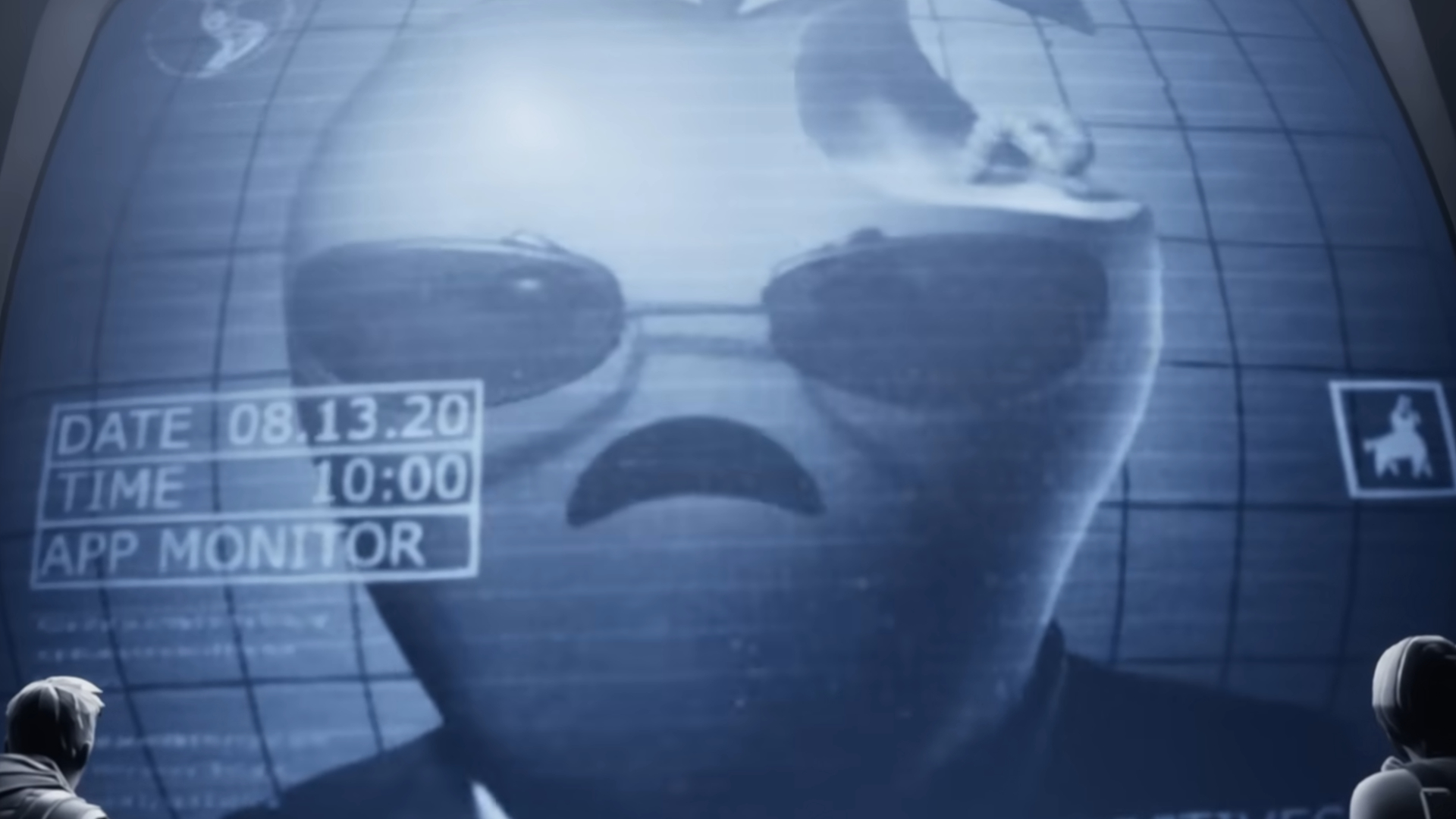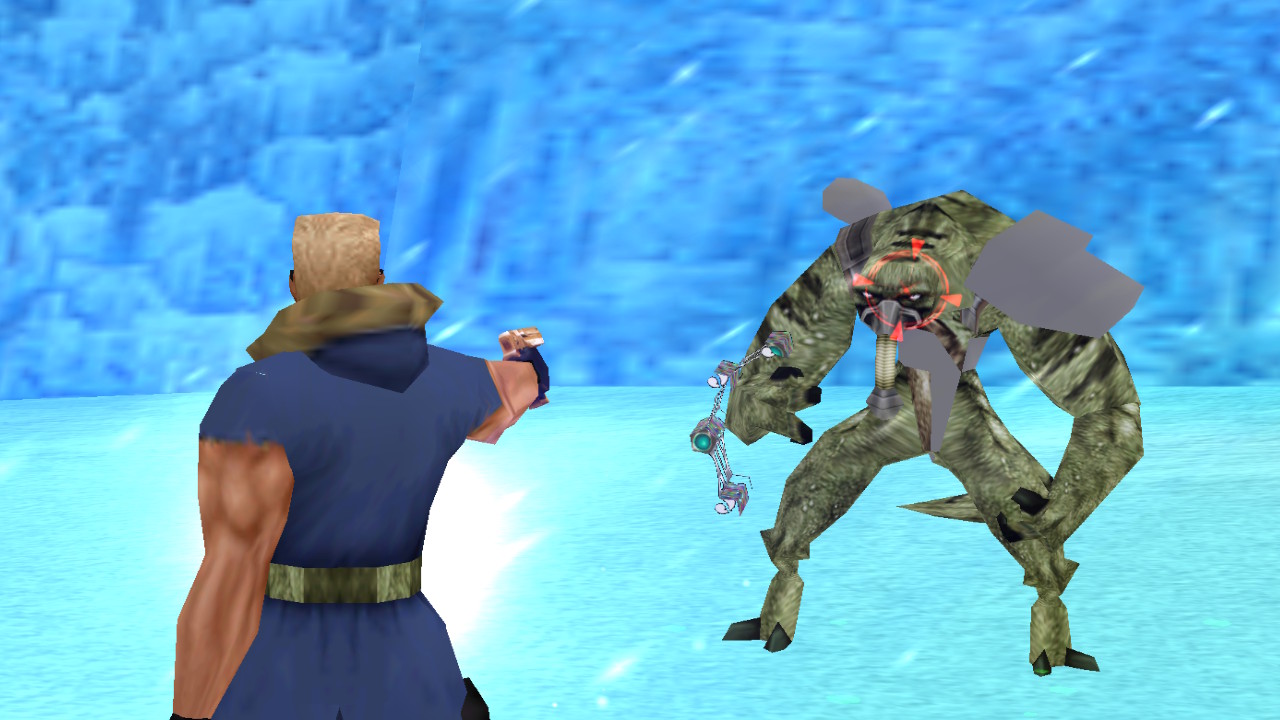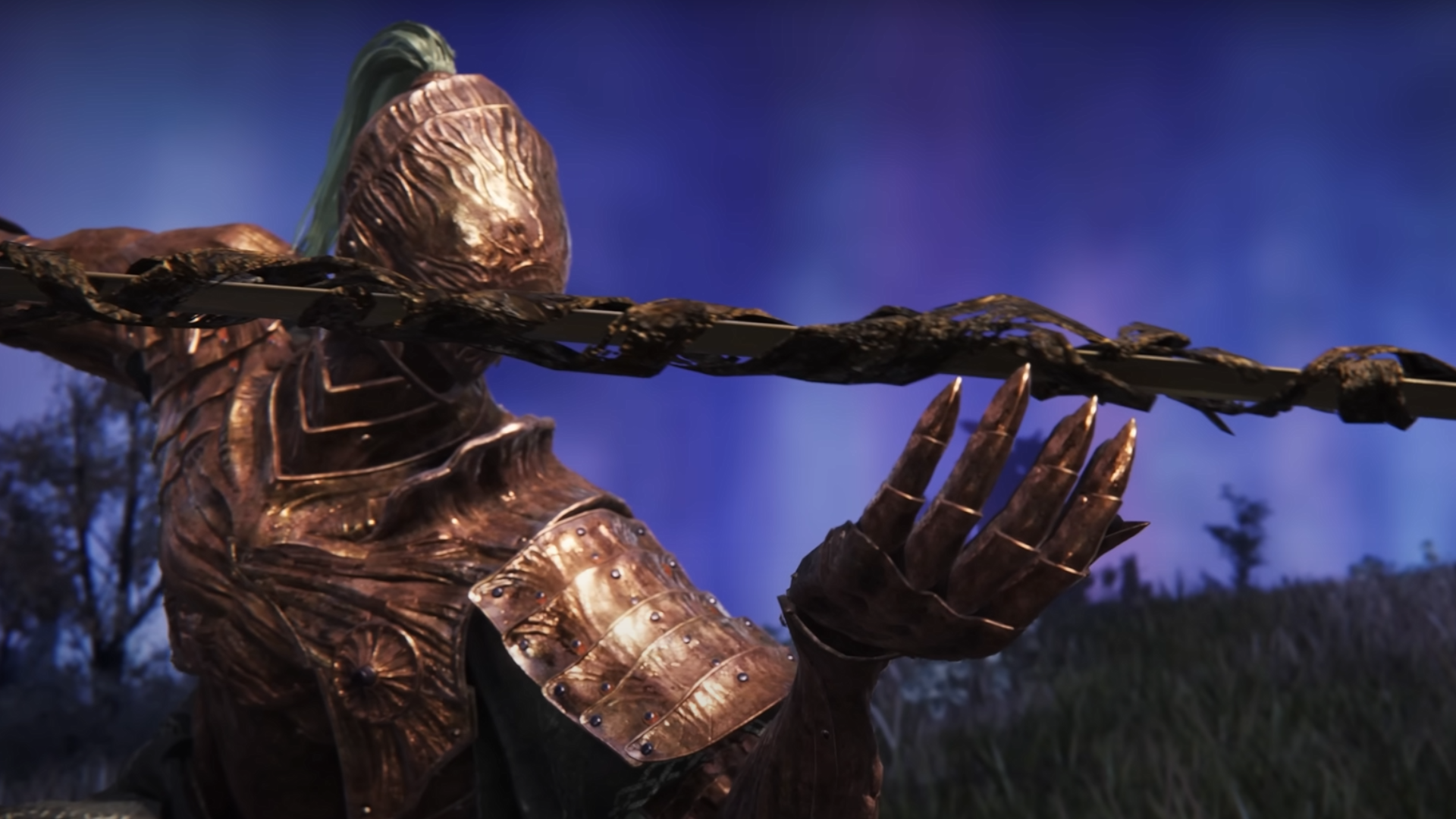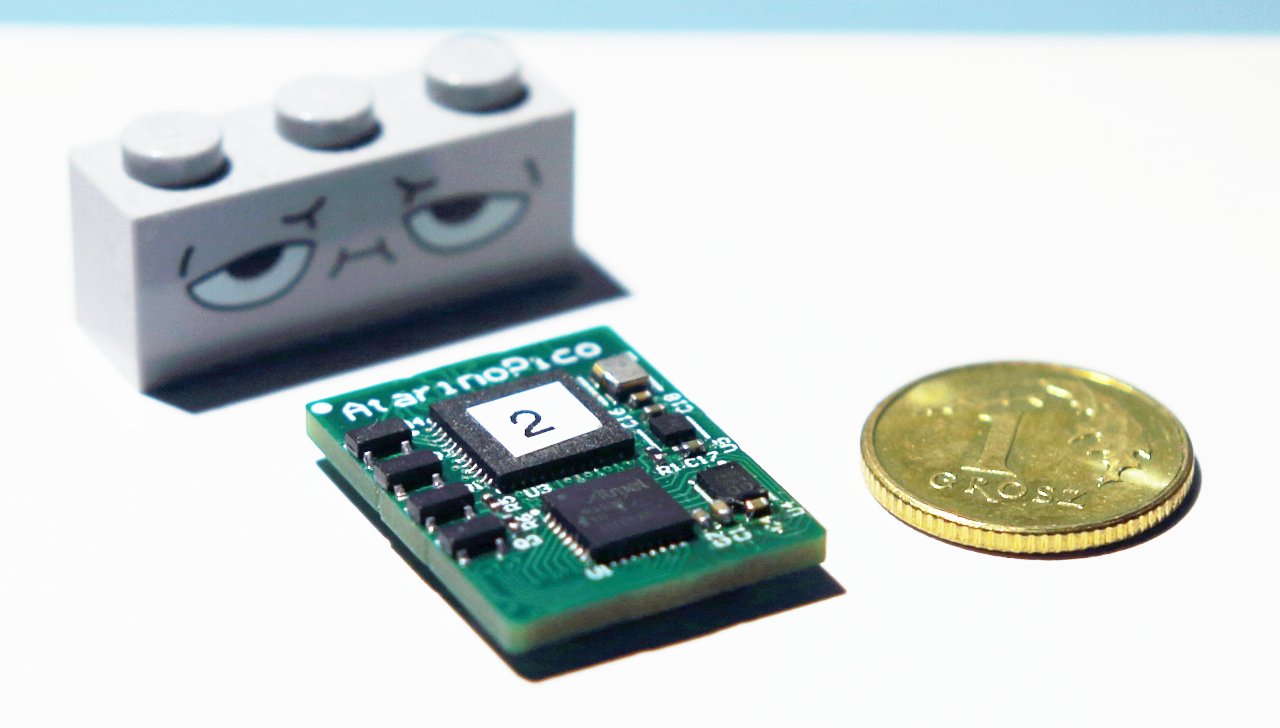
The below is an advanced review out of the New York Film Festival. “Sr.” has been acquired by Netflix, but does not yet have a release date.
Avengers star Robert Downey Jr. and his father, Robert Downey (who would later come to be known as Robert Downey Sr.), make for a cinematic odd couple. One is a global celebrity, an actor practically synonymous with the all-consuming Marvel/Disney machine. The other was an oddball counter-culturalist, whose brazen directorial sensibilities all but ejected him from the mainstream. And yet, they’re cut from the same cloth, a story which “Sr.” attempts to untangle, as it chronicles the last few years of Downey’s life as told from the perspective of his son. Directed by Chris Smith (Netflix’s Fyre), the black-and-white documentary is a scattered, occasionally unfocused attempt at deciphering a father-son relationship. However, once it reaches its inevitable denouement — Downey’s death from Parkinson’s in July 2021 — it becomes an intimate peek behind the curtain of a Hollywood actor whose face we know, but whose soul we may not, and his candid attempts to remind audiences what he owes to his father. Unfortunately, it takes on this form only ever-so briefly.
The project is two-pronged, with each overlapping part taking a recursive look at the making of “Sr.” itself. Which is to say: it’s two films in theory. The first is Smith’s, an interview-heavy retrospective with a video-essay sensibility, produced by Downey Jr. himself, as a look back at the life and career of a monumental artist. The second belongs to Downey — or “Senior” as his kids and grandkids call him — as the legendary director attempts to craft his own epitaph in parallel. “Sr.” is weighted far more towards the former, opening with interviews of Downey, his third wife Rosemary Rogers (who playfully claims they’ve been together for “1500 years”), and Downey Jr., introducing unfamiliar viewers to a figure they may not have realized held a vital place in cinema history.
Right from these opening scenes, an enormous contrast emerges between father and son. Downey attempts to direct the camera and redirect the staging, even though someone else is at the helm. Meanwhile, Downey Jr. playfully traipses through his lush East Hampton home with the “always on” energy of a YouTube family vlogger. It puts the actor’s quippy on-screen persona into sharp perspective, especially when the two Downeys stand side by side, with the elder, more casually commanding Downey physically towering over his son; for once, Downey Jr.’s rapid-fire sense of humor seems not childish, but childlike. No matter his millions or his successes, he lives in his father’s shadow, and he’s unafraid to show it.
The film gains a reflective quality whenever each man waxes poetic about the past, but what lies beyond their words is far more intriguing. “Sr.” isn’t always successful at mining this emotional territory; the father-son duo have a casual demeanor, but they’re withholding enough that it takes real skill to unearth the movie’s soul from beneath moments of silence. Smith’s footage is often quick to cut away from these silences. Downey’s, however, is soothing, melancholy, and hauntingly evocative of a filmmaker in his twilight years; he extracts more soulful meaning from scenes of New York pedestrians and shots of ducklings in a lake than Smith seems to from entire interviews of the filmmaker and his family. Both directors are keenly aware that this is a movie about death, but only one of them is willing to confront it.
Smith’s film isn’t in denial, per se. This certainly would have come in handy had Downey Jr. been in denial about his father’s illness or impending demise, but the actor goes into the project already knowing its grim outcome, so there’s a fundamental disconnect that often manifests as lethargy. Smith’s footage makes up a good majority of “Sr.” and it makes for a deeply ill-fitting tribute; the movie gains practically all of its energy from archival footage of Downey’s avant-garde comedies, like the zany racial satire Putney Swope, or the urban fable Pound (in which a 5-year-old Downey Jr. made his acting debut), before settling back into aesthetic plainness. Conversations between Downey and Downey Jr. unfold in split-screen, over the phone, but this is presented more as a logistical matter during COVID rather than an extension of any emotional walls between them. Their respective boxes on screen hint at a wider story — Downey Jr. always seems to be in the middle of a hundred different high-profile projects when they speak, while Downey grows increasingly settled, and at ease, as the inevitable approaches — but these remain clues at best.
Even when the film becomes a New York-versus-LA screed, chronicling Downey’s time as a New York indie pioneer on par with John Cassavetes, followed by an ill-fated westward studio excursion, it doesn’t really frame Downey Jr. as part of this story, as a quintessential LA figurehead, whose loose beanie hat screams “Hollywood,” and whose current place in the pop landscape is entirely at odds with Downey’s legacy. The most it does is frame Downey against a poster for Iron Man 3 for about a second, a strange image that may as well be an accident, since neither man seems to comment on the other’s career, in terms of the contrast it represents. Too often, the film avoids the “son” half of its “father-son” dynamic, leaving mountains of dramatic material on the table.
“Sr.” circles vague notions of a relationship, without much actual context for what, if anything, that relationship was actually about.
Just as often, we can’t help but feel robbed of whatever version of this movie Downey had been working on, and had completed before he died. Perhaps we’ll have access to it someday, but little of it makes it to the final cut of “Sr.,” turning Smith’s film into a pseudo behind-the-scenes featurette for a different movie, and perhaps a better one, which the world has not yet seen. However, the movie we do get becomes harrowingly intimate in its final minutes, proving to be the most meaningful and vulnerable work Downey Jr. has been involved in for well over a decade, as he ponders what could be his last visit with his father. And yet, these scenes, too, offer up a sense of missed opportunity with regards to the rest of the film. As Downey Jr. shoots a semi-lucid conversation with a bedridden Downey, hoping to gain some kind of closure or last-minute wisdom, this clarifies the degree to which the lens of the camera is a default viewpoint for this family of artists — paradoxically, the camera is both their blinder and their magnifying glass — the implications of which remain largely unexplored. Instead, “Sr.” circles vague notions of a relationship, without much actual context for what, if anything, that relationship was actually about, what may have strained it, and what may have ultimately kept it together.
The strange way Downey viewed the world and expressed it on his canvas becomes flattened and dulled by a film concerned with a straightforward translation of a man whose life and creative process were anything but. It draws fleeting but tenuous connections between both men’s well-documented drug addictions, not as an inherited vice or one influenced by their family’s lifestyle (let alone one viewed with regret that still lingers) but rather, a mere reflective symmetry — more of a “fun fact” than an emotional focal point.
More a series of implications than a soulful reflection, “Sr.” relies entirely on the late Robert Downey — footage of his early work, and of his waning health before his death — to convey any sense of meaning or history. Ironically, the scant footage which Downey shot for the project himself has more life, texture and spontaneity than the rest of the film, which attempts to capture the intimate contours of a father-son relationship, but barely captures its silhouette.








